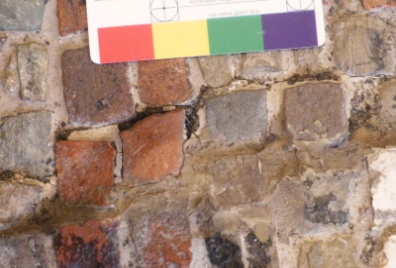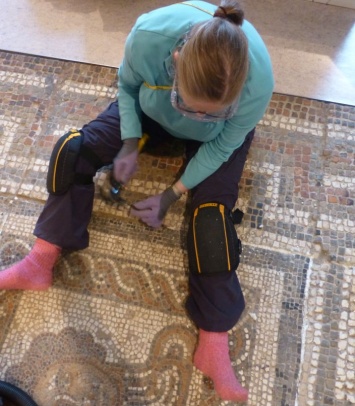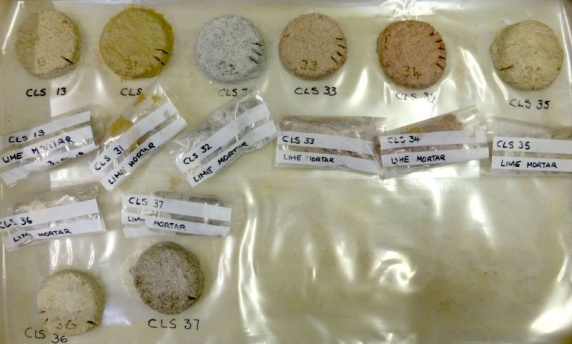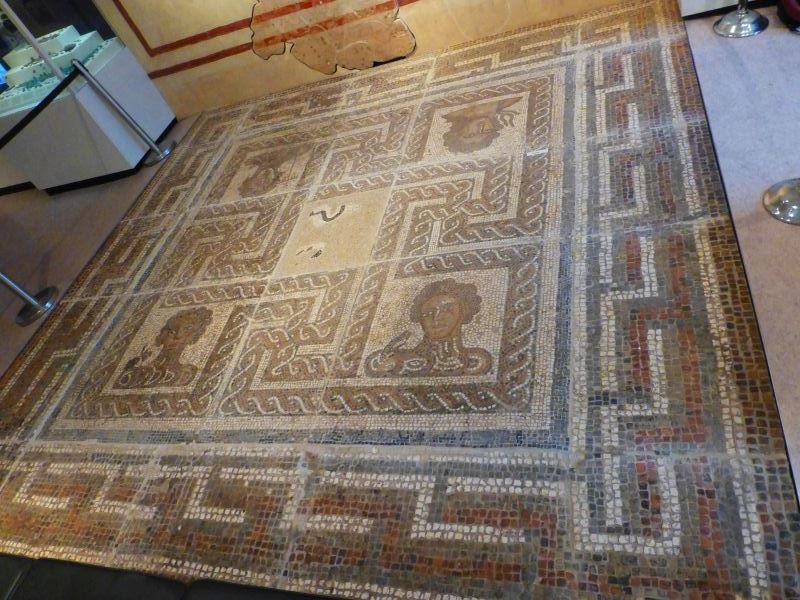Placement Experience at York Archaeological Trust
Hello! I’m Sara Gibson, this year’s Durham placement student at York Archaeological Trust (YAT).

YAT is the organisation behind the well-known Jorvik Viking Centre, 5 other historical attractions in York and also several archaeological services organisations countrywide. The conservation lab serves YAT’s own projects but also works commercially on many externally owned objects and projects.

One of the highlights of the placement so-far was taking part in a two-week conservation project on-site at the Yorkshire Museum with YAT Senior Conservator Mags Felter. The “Four Seasons” is a 4m square Roman mosaic excavated locally in 1853, restored and now displayed in the museum as a pavement with open access for visitors to walk over it.
The Brief

Remove the failing and dirty fills from between the 25 mosaic panels and re-fill with lime mortar. The lime mortar was my particular responsibility: the challenge was to find a mortar mix which would look good and wear well. Lime mortar is a mixture of lime, sand and water and initial experiments focussed on colour matching, making samples using 8 different types of sand. Mortar dries very light in colour and so, after further trials, we settled on a recipe including a mixture of two different sands and some black pigment. Recording the precise mixture used should enable a similar material to be prepared for future repairs.

Before using our new mortar fill, we had to remove the old modern Polyfilla material and this proved to be the hardest and most time consuming part of the project. Attacking an 1800-year-old mosaic with hammers and chisels drew some curious questions from the museum visitors and probably tried the patience of the wonderful museum staff but eventually, to everyone’s relief, we had stripped out the fills ready to receive the new mortar. Filling done, we kept the mortar damp for a day or so then let it dry slowly to cure and carbonate over the next few months and years.

Although further maintenance and repair will be required in future, particularly as the mosaic is used as a floor, this mortar fill should be much easier to remove and repair with matching material. This is probably the largest object I shall work on this year and is certainly one of the most memorable.
Sara.
